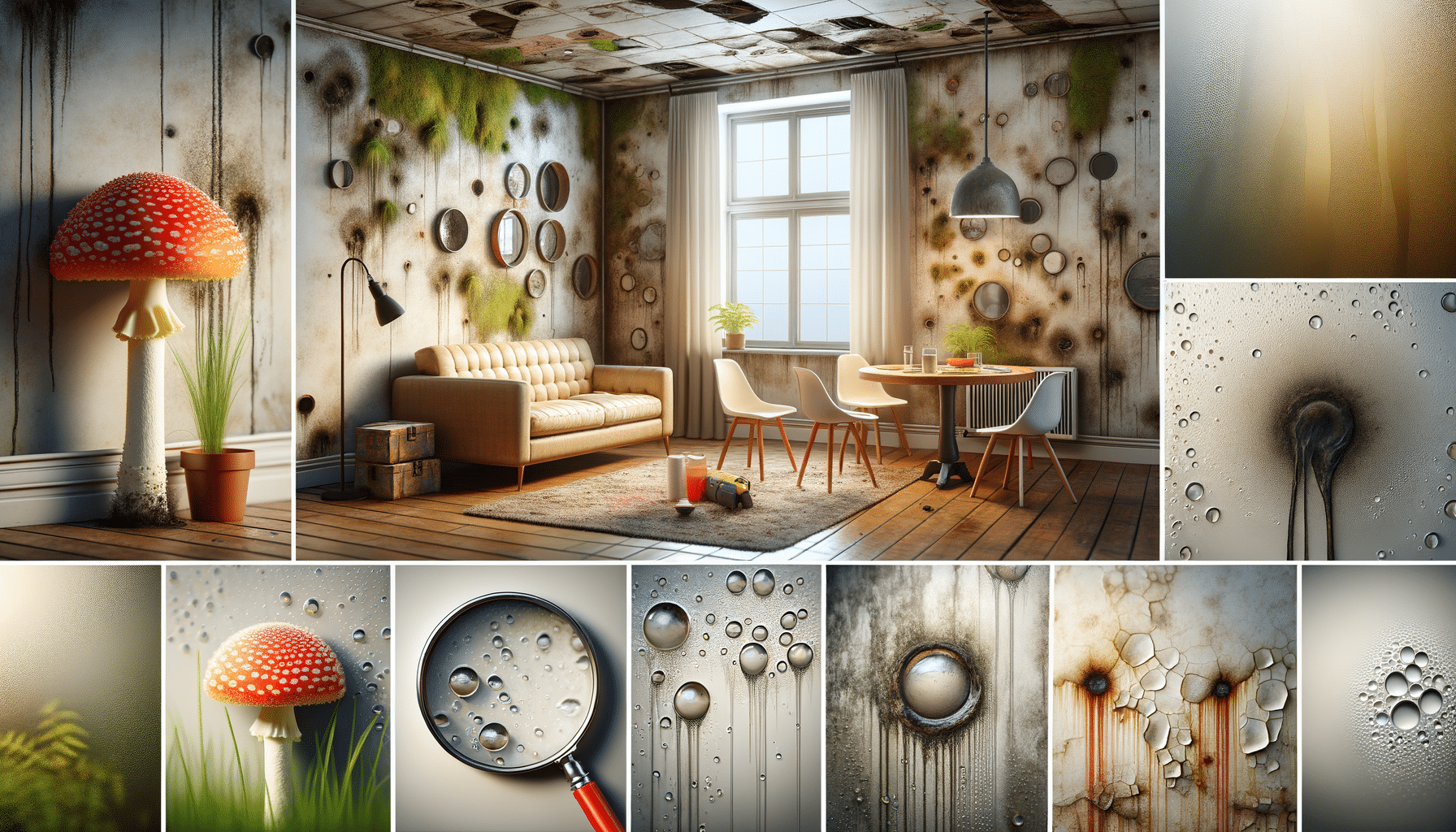
Subtle Indoor Signs That Sometimes Appear Before Mold Is Found
Introduction to Mold and Its Hidden Indicators
Mold is a common household nuisance that can lead to significant health and structural issues if left unchecked. Recognizing the subtle indoor signs that sometimes appear before mold is found can help in early detection and prevention. Often, these signs are overlooked because they are not immediately alarming. However, understanding these indicators can be crucial in maintaining a healthy living environment.
Some people report noticing small changes in their environment—like unusual smells, surface patterns, or dampness—shortly before discovering mold. These early signs may not always be obvious at first. Which overlooked home details have been linked to mold discovery? By identifying and addressing these subtle hints, homeowners can mitigate the risks associated with mold infestation.
Unusual Odors: The Invisible Clue
One of the earliest and most common signs of mold is an unusual, musty odor. This scent is often described as earthy or damp, reminiscent of a forest floor after a rain. It is important to note that this odor can be present even if mold is not visible, as it may be growing in hidden spaces such as behind walls or under floors.
Homeowners should be particularly vigilant in areas that are prone to moisture, such as basements, bathrooms, and kitchens. If a persistent musty smell is detected, it may be worth investigating further. This could involve checking for leaks, inspecting ventilation systems, or even consulting a professional to assess potential mold growth.
Ignoring these odors can lead to more severe problems over time. Mold not only damages the surfaces it grows on but can also compromise indoor air quality, leading to respiratory issues and allergies. Therefore, taking action at the first sign of an unusual odor can prevent more extensive mold damage and health complications.
Surface Changes: Patterns and Discoloration
Another subtle indicator of mold presence is changes in surface appearance. This can include discoloration, bubbling paint, or peeling wallpaper. These changes occur because mold thrives in damp environments and can cause materials to deteriorate.
Discoloration might appear as black, green, or brown spots on walls, ceilings, or floors. While these spots can sometimes be mistaken for dirt or soot, their persistence and spread are telltale signs of mold. In some cases, the surface may feel damp or soft to the touch, indicating moisture retention.
Homeowners should regularly inspect areas near water sources, such as around sinks, showers, and windows. If any unusual patterns or textures are noted, it is advisable to address them promptly. This could involve improving ventilation, repairing leaks, or using dehumidifiers to reduce moisture levels.
By paying attention to these surface changes, individuals can catch mold early, preventing further structural damage and ensuring a healthier home environment.
Moisture and Condensation: The Silent Contributors
Moisture is a critical factor in mold growth, and its presence can often precede visible mold. Condensation on windows, pipes, or walls is a common sign of excessive moisture in the home. This can occur due to poor insulation, inadequate ventilation, or high humidity levels.
When condensation is observed, it is essential to identify and rectify the underlying cause. This might involve improving insulation, using exhaust fans in bathrooms and kitchens, or installing a dehumidifier to control humidity levels. Regular maintenance of HVAC systems can also help in managing indoor air quality and moisture.
Ignoring moisture and condensation can lead to mold growth in hidden areas, which can be challenging to detect and remove. By addressing these issues proactively, homeowners can reduce the risk of mold and its associated problems.
In summary, recognizing the subtle signs of mold presence, such as unusual odors, surface changes, and moisture, can make a significant difference in maintaining a healthy living space. By taking early action, homeowners can prevent mold from becoming a more serious issue.